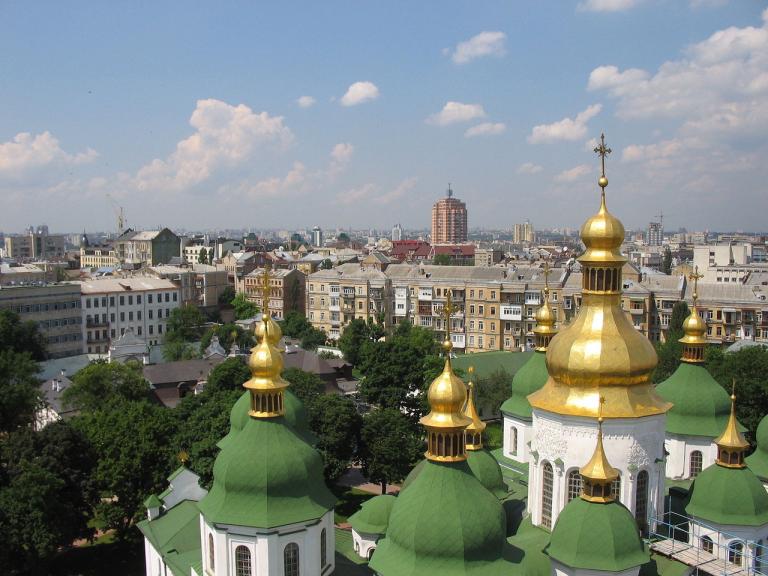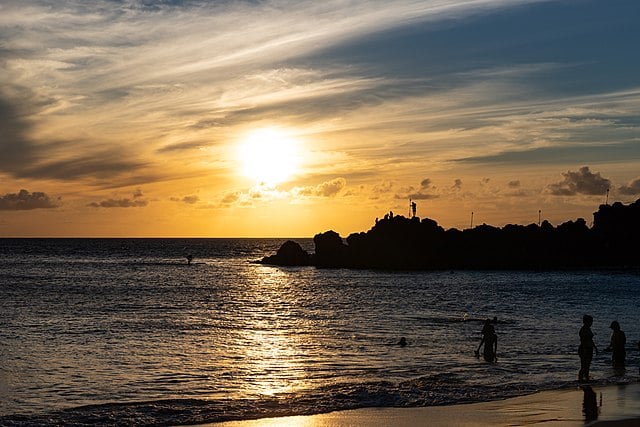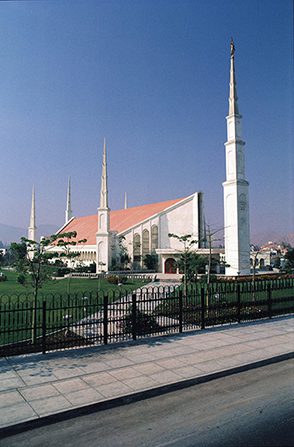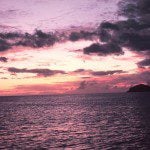
(Wikimedia Commons public domain image)
Two propositions:
- Volodymyr Zelensky and Ukraine did not start the current conflict between Russia and Ukraine.
- Vladimir Putin is neither an admirable man nor a good one, and he is not our friend.
Both propositions are eminently defensible, though neither of them should really require any defense.

With my late and much lamented colleague and friend William J. Hamblin, I published the column below in the Deseret News on 22 February 2014 — which is now almost exactly eleven years ago. (It still astonishes me to be writing about Bill in the past tense.) Given my current location, within easy walking distance of Black Rock, I think it appropriate to share the column again here. It bore the title “Diving into the afterlife in Hawaii”:
Three-mile long Kaanapali Beach, on the Hawaiian island of Maui, is often ranked among the world’s best beaches, and its resorts are thronged with guests throughout the year.
Dividing Kaanapali roughly in half, directly adjacent to the Sheraton Maui, the lava promontory known as Black Rock provides especially wonderful snorkeling. At any given moment, scores of tourists paddle about it, watching tropical fish, sea turtles and the occasional ray. A few intrepid souls climb onto Black Rock and jump from it into the sea.
Probably few of them are aware of Black Rock’s ancient religious significance. Hawaiians knew it as “ka-leine-a-ka-‘uhane” or “leap of the soul.”
Almost every Pacific island group, from New Zealand to Samoa and Easter Island, had a departing-place from which dying souls were thought to jump into the next world. Typically, though not always, these places were situated on promontories or high bluffs overlooking the western sea.
In pre-modern Hawaii, as in many other cultures — notably ancient Egypt, with its pyramids and tombs on the western side of the Nile, toward the sunset — “traveling westward” was a polite euphemism for dying.
Every Hawaiian island has at least one such place of departure, usually on its northwest (e.g., Kaena Point on Oahu, and the rise overlooking Hanapepe Bay on Kauai), and Pu’u Keka’a, Black Rock, is one of those. It’s even said that many battles were fought in the area of Kaanapali for the convenience of those who would be killed.
The last independent ruler of Maui was the 18th-century chief Kahekili, a great athlete. His special skill was “lele kawa,” or cliff jumping.
Places called “Kahekili’s Leap” exist on Oahu and Lanai, but his favorite location for spectacular cliff dives was Maui’s Black Rock, the very place where tourists continue to jump today, presumably rather more timidly and with less artistry. He didn’t jump merely for fun, though. His leaps had religious significance.
To the Hawaiians, only a man possessing especially powerful “mana,” or divine or magical power, could return unharmed after jumping from the very place where the dead entered the next world. Thus, Kahekili’s impressive dives confirmed his sacred kingly status.
Gathered about each jumping-off point were ancestral spirit helpers who guided souls into the underworld. Nearby was a testing place for the newly dead, who would either be permitted to continue on to the realm of spirits or, because they still had earthly obligations, be sent back to their bodies.
One folktale, strikingly reminiscent of modern accounts of near-death experiences, concerns a young warrior who meets his dead sister at the doorway to the spirit world. She first takes him to the underworld itself, where he sees the happy spirits of the dead, but she forbids him from joining them because, having done so, he could never return to Earth. Next, he learns the passwords that would enable him to enter the presence of the chief of the spirits, but he’s ultimately forced to re-enter his body.
Northwest of the inhabited Hawaiian Islands is rocky 46-acre Necker Island. The last of Hawaii’s basalt high islands — the other, older ones, such as Midway and Kure Atoll, have long since subsided below the sea — it was once about the size of the island of Lanai.
Known in Hawaiian as “Mokumanamana” — “moku” means “island,” and the doubling of “mana” suggests its veneration as a uniquely blessed and powerful place — Necker Island seems incapable of supporting human life, but it’s more densely covered with ceremonial sites than any other location in Hawaii; it has 33 rock pillars that line the top of its main ridge.
Mokumanamana may have been regarded as the source of creation: The Hawaiian “genesis” chant known as the “Kumulipo” identifies the coral polyp as the foundation for all of the forms of life that followed it. The northwestern portion of the Hawaiian archipelago has more coral than all of the main Hawaiian Islands put together — approximately 70 percent of the coral reefs in U.S. waters.
Almost all of Hawaii’s soul-leap locations face Necker Island, and the ancient Hawaiians may have come to regard it as the dwelling place of their gods, where the souls of the departed return at death. Law-abiding spirits lived with the chief god, Kane, themselves becoming gods. Those neither good nor evil lived essentially a terrestrial life, but without pain or happiness. Finally, the lawless and irreligious were exiled to a barren, waterless land of perpetual twilight.
What’s a militantly indignant secularist to do? Here’s yet another set of atrocities that have been documented in the Christopher Hitchens Memorial “How Religion Poisons Everything” File™:
- “How Church health donations are filling South American Saints with hope: From Colombia to Uruguay to Argentina, Church donations and member volunteers bring increased health and hope to thousands”
- “Church Donation of Heart Center in Siem Reap, Cambodia, Will Save Lives of Heart Patients”
- “Church Dedicates Global Education Center in Lagos, Nigeria: Facility is the fourth of its kind globally.”
And, to top it off, the Tabernacle Choir is currently down in South America imposing its hideous religious “music” on innocent people there. Theists simply cannot let others alone: “Tabernacle Choir, Orchestra arrive for debut performance in Peru: Music, cheers greets Tabernacle Choir and Orchestra members in Peru”
Posted from Kāʻanapali, Maui, Hawaiʻi














